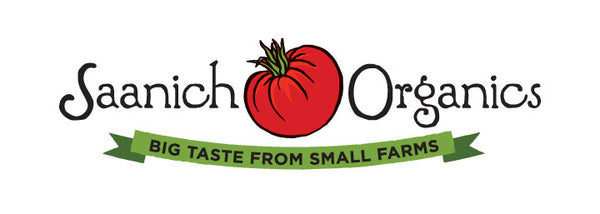Pollinators are the backbone of a healthy ecosystem. Pollinators are animals that transfer pollen from one plant to another. They play an essential role in plant reproduction and make way for the next generation of plants. Pollinators come in all shapes and sizes, from bees and wasps to moths, hummingbirds and even bats!
As a gardener, you can support pollinators by planting pollinator-friendly varieties. Planting a pollinator garden has many benefits in addition to supporting a vibrant backyard ecosystem. If you’re a nature fan, you can look forward to spotting new kinds of birds, bees, and bugs in your backyard. Many pollinators are generalists, which means that they won’t just help your pollinator-friendly plants — they’ll fertilize your veggie and fruit crops as well. Finally, the bees love flowers and so do we! Your garden will be a source of festive and bright bouquets all season-long.
Are you ready to plant your pollinator garden? Here are our top tips for creating a haven for our pollinating pals in your own backyard.
Tips for Growing Your Pollinator-Friendly Garden
- No spraying allowed — Insecticides and herbicides are often toxic to pollinators. At Seeds of the Revolution, we are proud to offer a variety of organic pollinator-friendly seeds. Our seeds are grown in a pesticide-free environment, meaning you won’t have to worry about spraying with toxic chemicals to keep your plants alive.
- Provide full-season support — we may stop thinking about our gardens after the final zucchini has been harvested and the apples have fallen from the trees, but pollinators are buzzing all year-round. When you are planning your garden, choose plants with varying bloom times and plant successions to provide food for pollinators throughout the seasons. For early-season blooms, try our deep purple lupines or zingy Johnny Jump Up violas. Cosmos boast a long blooming season and will keep pollinators fed deep into the fall. No time for garden planning? Try a continuous seeding of our pollinator mix. In the winter, pollinators seek shelter in the stalks of dead plants. The hollow stems of borage provide a cozy nook for sleepy bees.
- Use flowers of all shapes and colours — variety is key when planting a pollinator garden. Different pollinators are attracted to different plants. Echinacea is a versatile choice, attracting bees, birds and butterflies with its magenta hue. Nasturtiums are a commonly overlooked pollinator plant. Their yellow-red colour and sweet nectar is a perfect treat for hummingbirds.
- Consider native plants — Many native plants have evolved to only be pollinated by certain highly specialized pollinators. By planting native plants like Globe Gilia (a soft blue native wildflower and alternative to the invasive Bachelor’s Buttons) or yarrow (stay tuned for yarrow in our seed catalog!), you will be supporting local biodiversity.
Buzzing with excitement? Browse our catalog of certified organic and open-pollinated seeds today and start planning your perfect pollinator-friendly garden.

